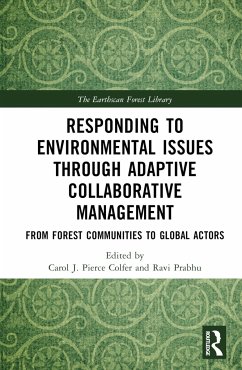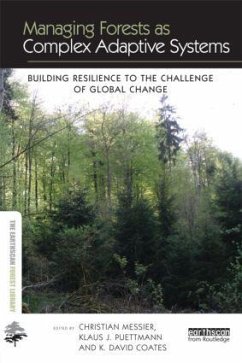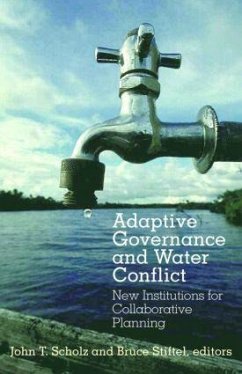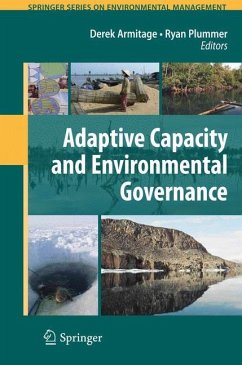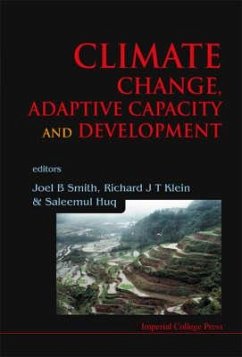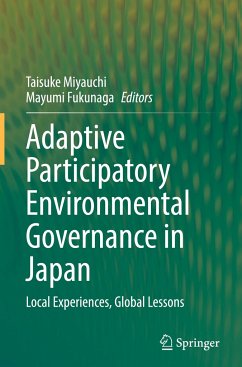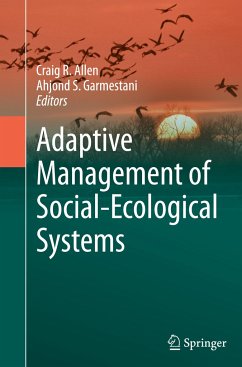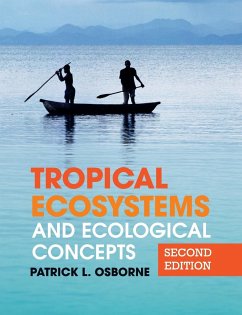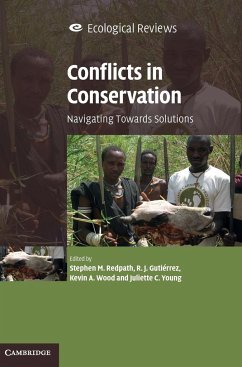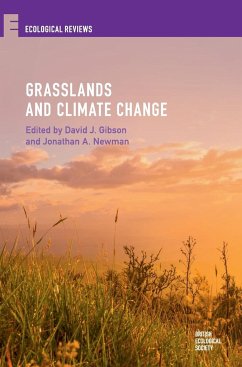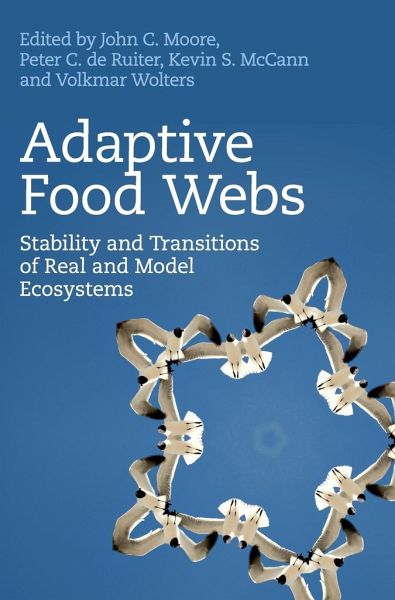
Adaptive Food Webs
Versandkostenfrei!
Versandfertig in 1-2 Wochen
130,99 €
inkl. MwSt.
Weitere Ausgaben:

PAYBACK Punkte
65 °P sammeln!
Presenting new approaches to studying food webs, this book uses practical management and policy examples to demonstrate the theory behind ecosystem management decisions and the broader issue of sustainability. All the information that readers need to use food web analyses as a tool for understanding and quantifying transition processes is provided. Advancing the idea of food webs as complex adaptive systems, readers are challenged to rethink how changes in environmental conditions affect these systems. Beginning with the current state of thinking about community organisation, complexity and st...
Presenting new approaches to studying food webs, this book uses practical management and policy examples to demonstrate the theory behind ecosystem management decisions and the broader issue of sustainability. All the information that readers need to use food web analyses as a tool for understanding and quantifying transition processes is provided. Advancing the idea of food webs as complex adaptive systems, readers are challenged to rethink how changes in environmental conditions affect these systems. Beginning with the current state of thinking about community organisation, complexity and stability, the book moves on to focus on the traits of organisms, the adaptive nature of communities and their impacts on ecosystem function. The final section of the book addresses the applications to management and sustainability. By helping to understand the complexities of multispecies networks, this book provides insights into the evolution of organisms and the fate of ecosystems in a changing world.




